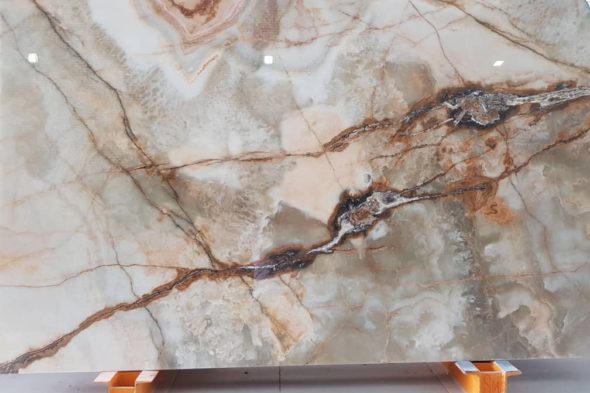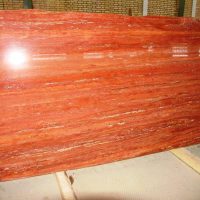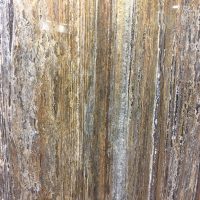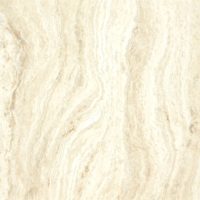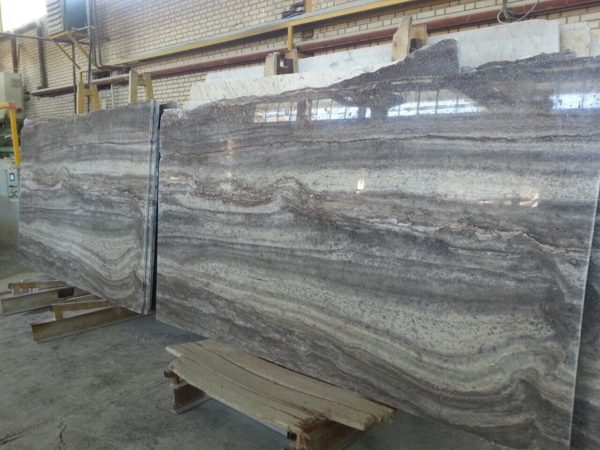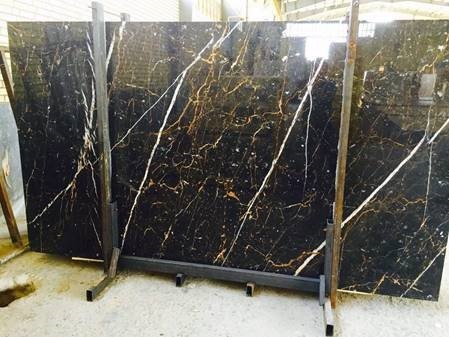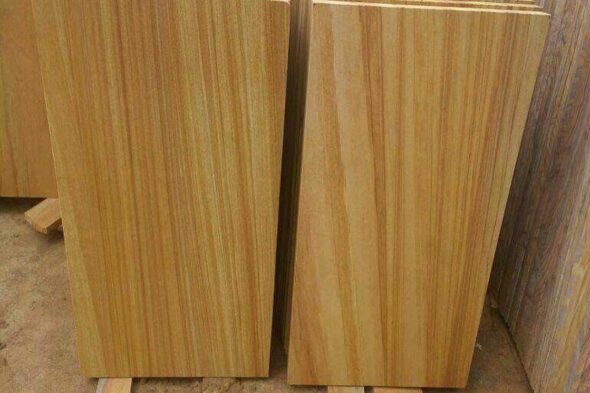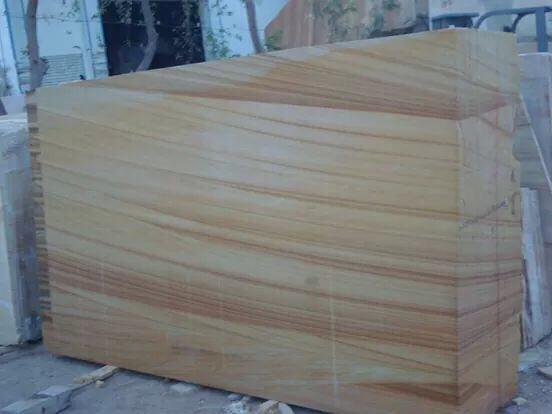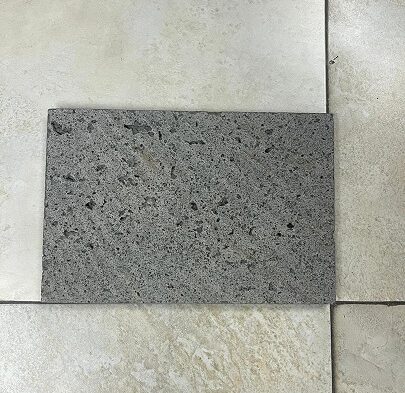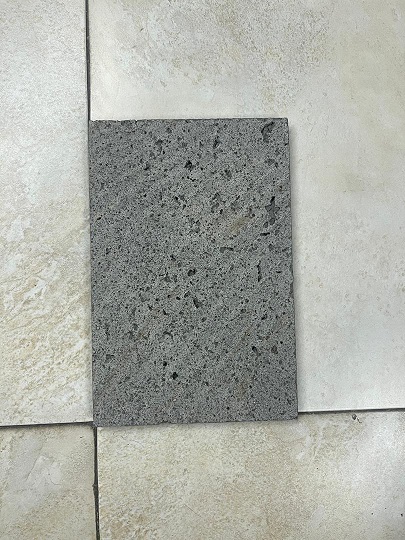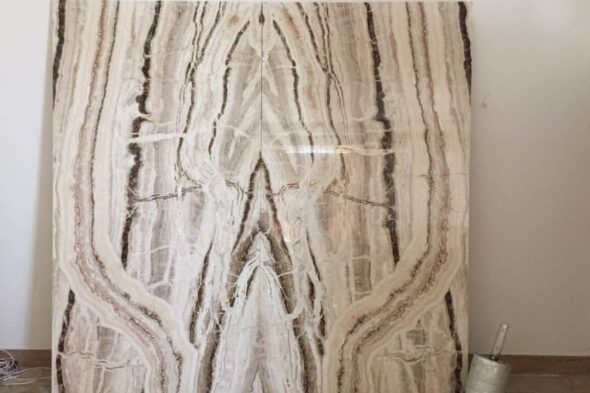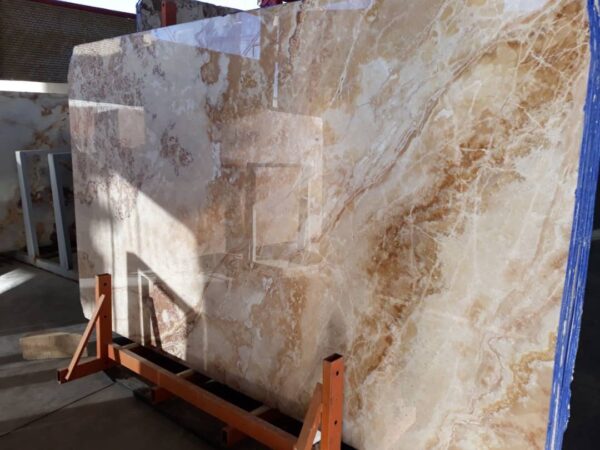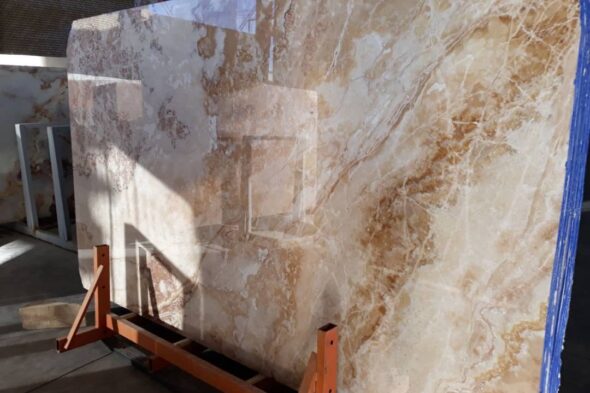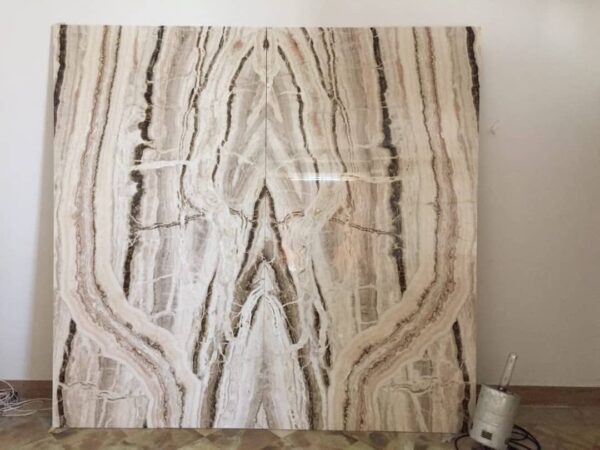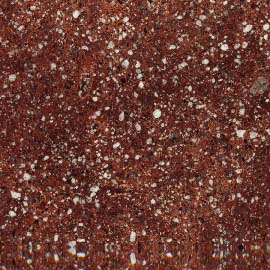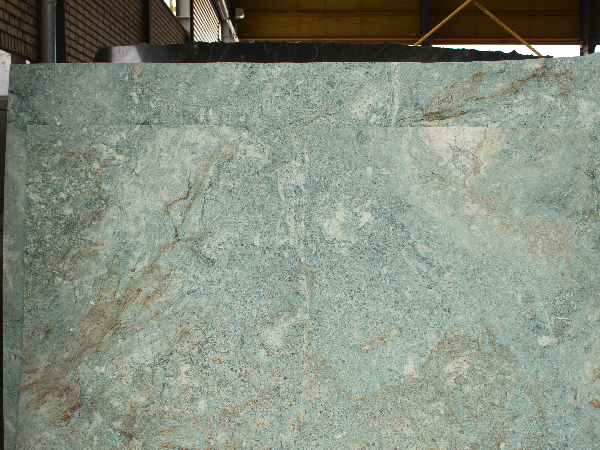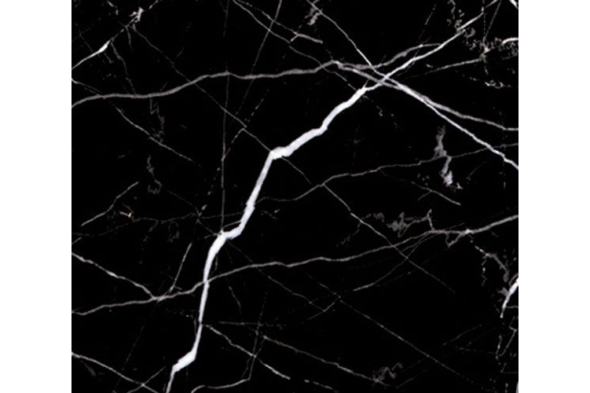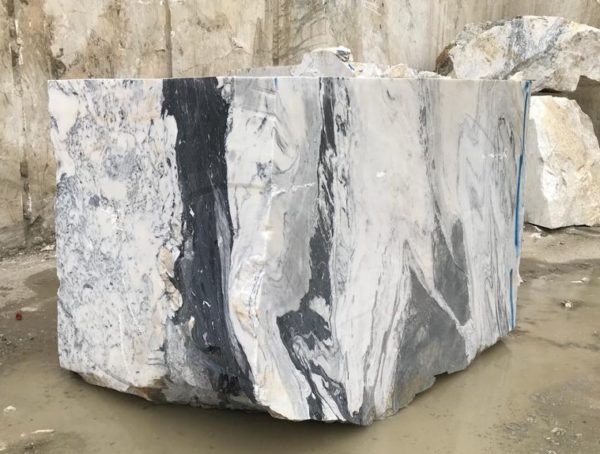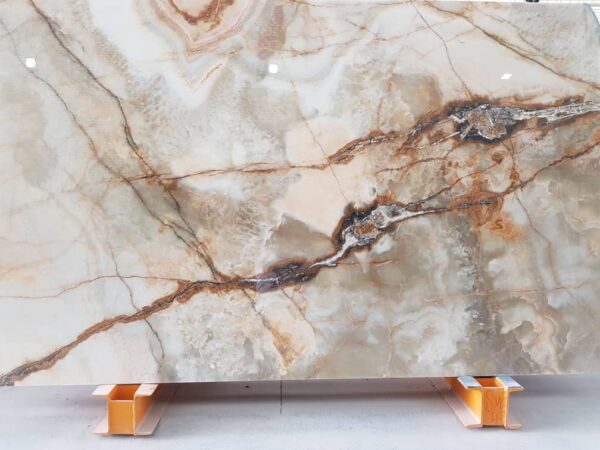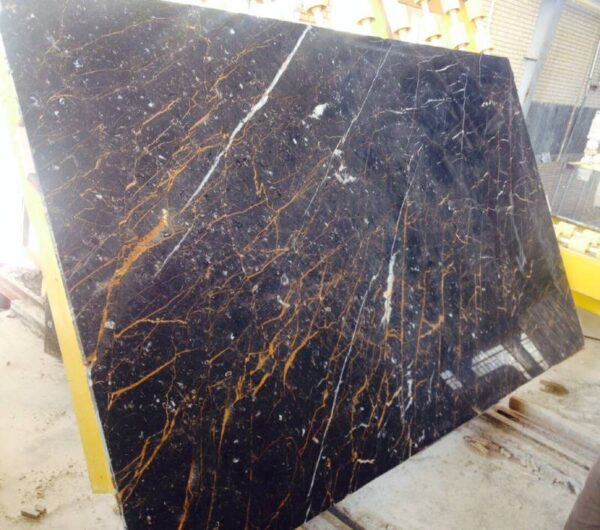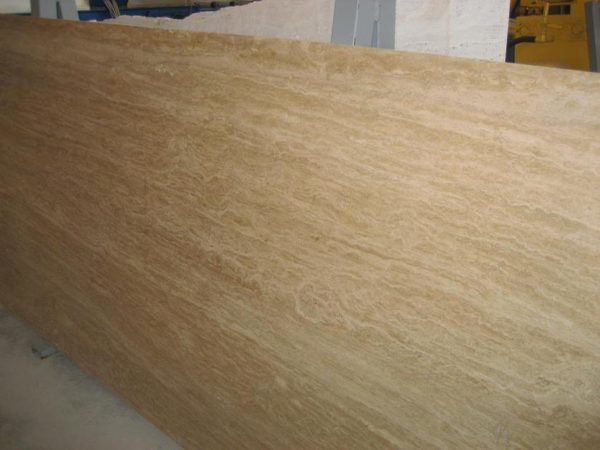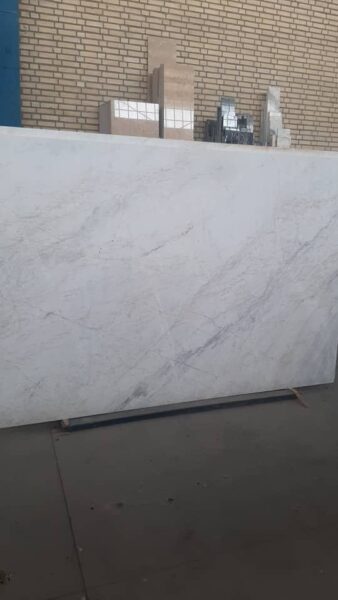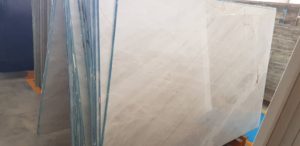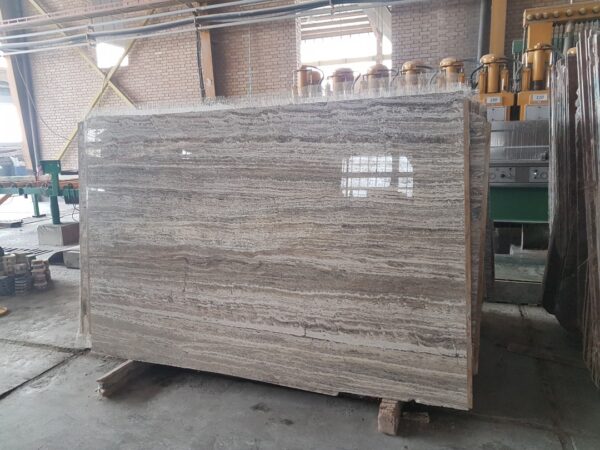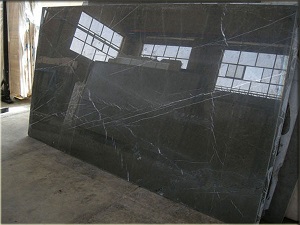A Detailed Overview
The Expanding Market for Onyx Tiles Export to Italy
Italy, a nation celebrated for its rich artistic heritage and architectural excellence, is increasingly becoming a significant market for onyx tiles. Known for their striking beauty and unique patterns, onyx tiles are sought after in both residential and commercial applications. This article provides an in-depth look at the onyx tiles export to Italy, highlighting key players, market trends, and potential growth opportunities.
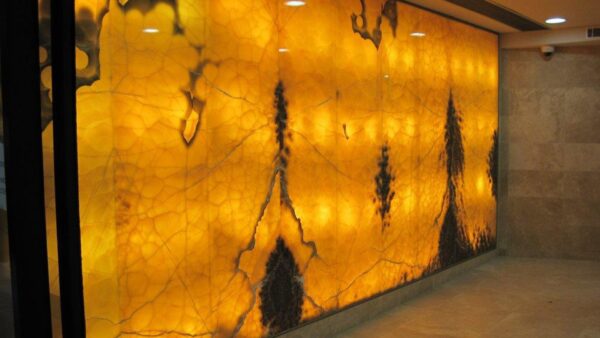

The Demand for Onyx Tiles in Italy
The demand for onyx tiles in Italy is influenced by several factors:
- Architectural Appeal: Italy’s historic architecture often incorporates natural stone, making onyx an attractive choice for both restoration projects and contemporary builds. Its distinctive colors and translucent qualities allow architects and designers to create stunning visual effects.
- Luxury Interior Design: Onyx tiles are increasingly favored in high-end interior design for applications such as countertops, wall cladding, and flooring. Italian designers are drawn to onyx for its ability to add elegance and sophistication to any space.
- Sustainability Considerations: With a growing emphasis on environmentally friendly materials, onyx is appealing to consumers who appreciate natural stones. Onyx tiles, known for their longevity and timeless appeal, are considered a sustainable choice compared to synthetic alternatives.
https://www.rockstone.biz/onyx-home-design/
Key Onyx Exporting Countries to Italy
Several countries stand out as major exporters of onyx tiles to Italy, providing a diverse array of options:
- Iran: Iran is one of the largest producers of onyx, offering a wide range of colors and patterns. Iranian onyx tiles are highly regarded for their quality and beauty, making them popular in the Italian market.
- Pakistan: Pakistan is known for its high-quality onyx deposits, exporting tiles that combine traditional craftsmanship with modern design. The unique patterns and vibrant colors of Pakistani onyx appeal to Italian architects and designers.
- India: India’s diverse range of onyx tiles is gaining traction in Italy. The country offers both unique colors and a variety of finishes, catering to the preferences of Italian consumers who seek distinctive designs.
Trends Influencing Onyx Tile Exports to Italy
Several trends are shaping the onyx tile export market in Italy:
- Customization and Design Versatility: Italian designers often seek custom solutions for their projects. Exporters that can provide tailored onyx tiles in various finishes and styles are well-positioned to meet this demand.
- Technological Innovations: Advances in quarrying and processing technologies have improved the quality and precision of onyx tiles. Exporters that utilize state-of-the-art equipment can offer intricate designs and consistent quality, attracting discerning Italian clients.
- Sustainable Practices: As sustainability becomes a key concern for consumers, exporters that implement eco-friendly practices in quarrying and production are more likely to succeed. Providing transparency in sourcing and production methods can enhance an exporter’s appeal in the Italian market.
Challenges in Exporting Onyx Tiles to Italy
Despite the favorable market conditions, several challenges need to be addressed:
- Regulatory Compliance: Navigating Italy’s regulatory landscape can be complex. Exporters must ensure compliance with strict quality standards and import regulations to successfully enter the market.
- Intense Competition: The onyx tile market is highly competitive, with numerous countries vying for market share. Establishing a strong brand presence and differentiating products through quality and design are crucial for success.
- Logistical Issues: The transportation of heavy onyx tiles can be costly and logistically challenging. Exporters need to develop efficient supply chains to minimize costs and ensure timely delivery to Italian clients.
Future Outlook for Onyx Tiles Export to Italy
The future of onyx tiles export to Italy looks promising, driven by the ongoing demand for high-quality materials and the integration of innovative design trends. As urbanization and construction projects continue to grow, the need for exquisite onyx tiles will remain robust. Exporters focusing on customization, sustainability, and technological advancements will be well-positioned to seize new opportunities in the Italian market.

